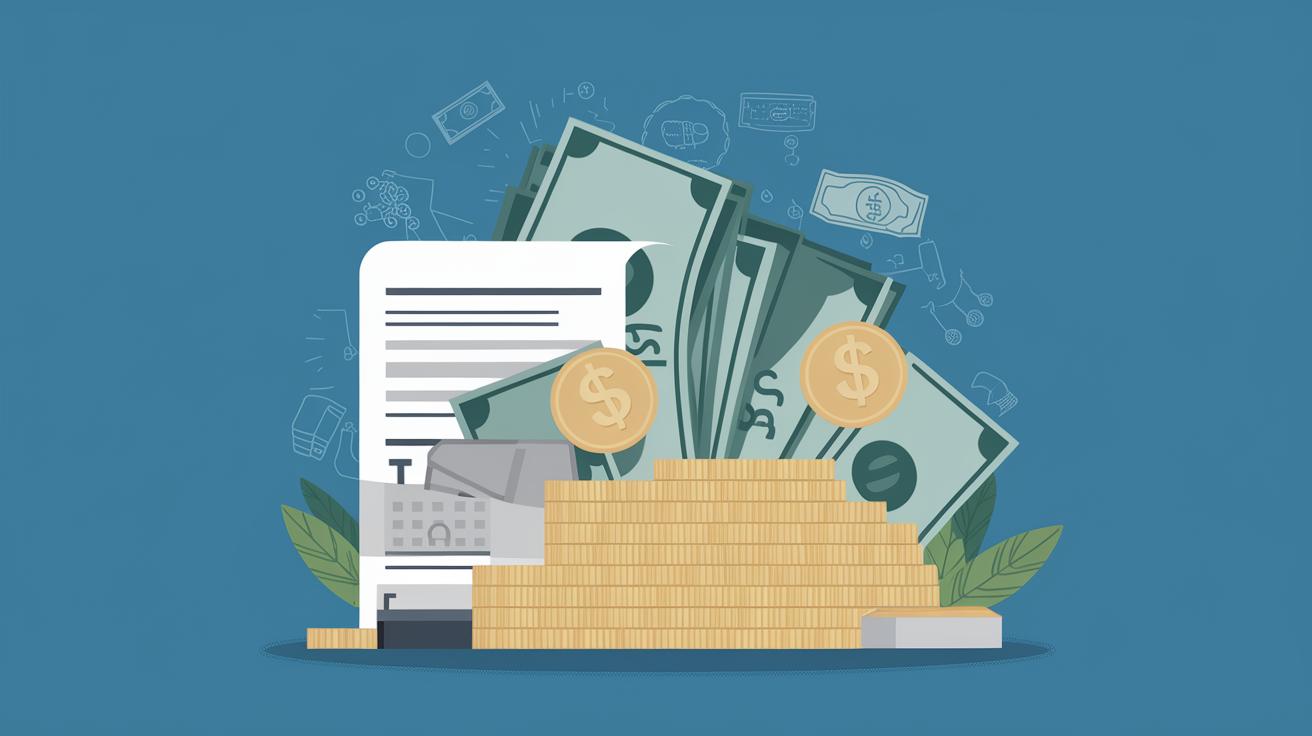Understanding College Refund Checks: What You Need to Know
College life comes with its unique set of financial dynamics, and one of the aspects that often mystifies students is the concept of refund checks. These checks are critical as they can form an unexpected source of funds during your educational journey. This blog post comprehensively covers the process of receiving a refund check from a college, potential schedules involved, and typical amounts students might expect. Additionally, it provides insights into tracking the status of these refunds and addresses common problems you might encounter. By the end of this post, you will understand if you can expect a refund every semester, average check amounts, and the best uses of your refund. Let’s dive into the essential details of obtaining a college refund check.
What Is a Refund Check From a College?
A refund check from a college is essentially a return of excess funds from your student account. These funds typically originate from overpaid tuition, fees, or a surplus of financial aid, such as scholarships, grants, or student loans. When your total aid package exceeds your billed costs, the remaining balance is provided to you in the form of a refund check.
This mechanism ensures that students can use the excess financial aid for other essential expenses, such as housing, transportation, books, and personal costs. Understanding how refund checks work is crucial for efficiently managing your college finances and making the most of your educational investments.
Refund Check Process
The process of receiving a refund check begins with the disbursement of financial aid to your college or university. Once your educational institution applies the aid to your tuition and any other associated fees, any surplus amount results in a credit balance. Schools typically issue this balance to the student, thereby enabling access to the excess funds.
Students might receive refund checks via direct deposit, paper check, or through prepaid cards, depending on the school’s policy. It’s important to ensure your bank account information or postal address is updated in your school’s records to avoid any delays in receiving your money.
College Refund Check Dates
The timing of refund checks varies by institution and depends on their disbursement policies. Generally, schools disburse financial aid at the start of each semester, with refund checks issued shortly after the aid is applied to student accounts. It’s crucial to pay attention to your school’s specific schedule to understand when you might expect to receive your refund.
Some colleges provide a detailed timeline on their website or within student portals, listing specific dates for financial aid application, disbursements, and anticipated refund disbursements. Keeping track of these dates will help manage your finances and plan for expenses accordingly.
College Refund Check Status
Tracking the status of your college refund check is an essential aspect of managing your student finances. Most schools offer online access to student accounts where you can view your balance, review disbursements, and track refunds. Checking your account regularly ensures you stay informed about when your refund check is processed and sent.
In cases where online tools aren’t available, contacting the financial aid office directly can provide necessary information regarding your refund status. Proactive communication with the office can prevent misunderstandings or unnecessary delays in receiving your funds.
Refund Check Problems
Though the refund process is generally straightforward, problems can occasionally occur. Common issues that can disrupt the receipt of a refund include incorrect banking information or mailing addresses, holds on student accounts, or discrepancies in financial aid calculations. Addressing these issues promptly is crucial for ensuring timely delivery of funds.
If you encounter any issues, reach out to your financial aid office for assistance. They can provide guidance on how to resolve the problem and ensure that your refund is processed correctly. Patience and proactive communication are keys to dealing with these challenges effectively.
When Will I Get My College Refund Check?
The timing of when you will receive your college refund check depends on several factors, including your institution’s policies and the completeness of your financial aid package. Generally, if your aid is disbursed at the start of the semester, you can expect to receive any refund within two to three weeks. However, this timeline can vary significantly among institutions.
Monitoring your college’s financial aid schedule and maintaining accurate contact and banking information will help expedite the process. Any delays often result from incomplete aid applications or missed deadlines, so ensure your paperwork is in order well before the semester begins.
Do I Get a Refund Check Every Semester?
Receiving a refund check each semester is contingent upon your financial aid package and the costs billed by your institution. If your aid exceeds your semester costs each time, you can expect a refund check each semester. Conversely, if your aid package covers your costs precisely, no refund will be issued.
It’s also important to note that adjustments in aid or changes in tuition or fee structures can affect the availability and amount of refunds on a semester basis. Regularly reviewing your aid and billing statements can provide clarity on the likelihood of receiving a refund each term.
What Is the Average College Refund Check?
The amount of a college refund check varies widely based on individual circumstances, including aid packages and institutional costs. On average, refund checks can range from a few hundred to several thousand dollars. This variability necessitates that students closely monitor their financial aid and expenses to estimate potential refunds.
Ultimately, the average refund check reflects any remainder after tuition, fees, and additional campus expenses are covered. Students can use this amount for other educational needs or living expenses, provided these costs aren’t already accounted for in their budget.
Things to Do With a College Refund Check
A college refund check offers a significant opportunity to address various financial needs. Prioritize using the funds for essential expenses like textbooks, housing, meals, and transportation. Careful budgeting of refund money ensures it supplements your educational experience effectively.
Beyond necessities, consider setting aside part of the refund in a savings account or paying off any high-interest debts like credit cards. Refund checks provide a financial buffer that, if managed wisely, can ease monetary pressures during your academic endeavors.
The Takeaway
| Section | Key Points |
|---|---|
| What Is a Refund Check From a College? | Refund checks return excess funds from overpayments or unused financial aid. |
| Refund Check Process | Starts with financial aid disbursement and results in a credit balance check. |
| College Refund Check Dates | Check institutional policies for specific refund disbursement dates. |
| College Refund Check Status | Track refund status through student accounts or contact financial aid office. |
| Refund Check Problems | Issues include incorrect account details or aid holds; communication is key. |
| When Will I Get My College Refund Check? | Timing varies; generally within two to three weeks post aid disbursement. |
| Do I Get a Refund Check Every Semester? | Depends on aid coverage relative to school costs; review each semester. |
| What Is the Average College Refund Check? | Amounts vary; range is typically few hundred to several thousand dollars. |
| Things to Do With a College Refund Check | Focus on necessities, saving, or reducing debts for financial stability. |


